Five Essential Steps to Soothe and Heal Your Poison Ivy Rash Swiftly and Effectively without Compromise
Poison ivy, a plant notorious for its reddish or green leaves arranged in clusters of three, is found in various parts of North America. It secretes an oil called urushiol, responsible for the allergic reaction many people experience upon contact. This reaction can lead to an uncomfortable rash, which develops within 12 to 48 hours after exposure and can last up to three weeks if untreated.
Understanding the signs and symptoms associated with poison ivy irritation can be key in effective management. Symptoms typically include itching, redness, swelling, and blisters. Serious cases may lead to difficulty breathing if smoke from a burning poison ivy plant is inhaled, which can be a medical emergency.
Knowing what the plant looks like and being aware of the areas it largely inhabits can help prevent the rash in the first place. If, however, you have been exposed, the following steps detail the essential ways to quickly and effectively soothe and heal your poison ivy rash.
Immediate Response to Exposure
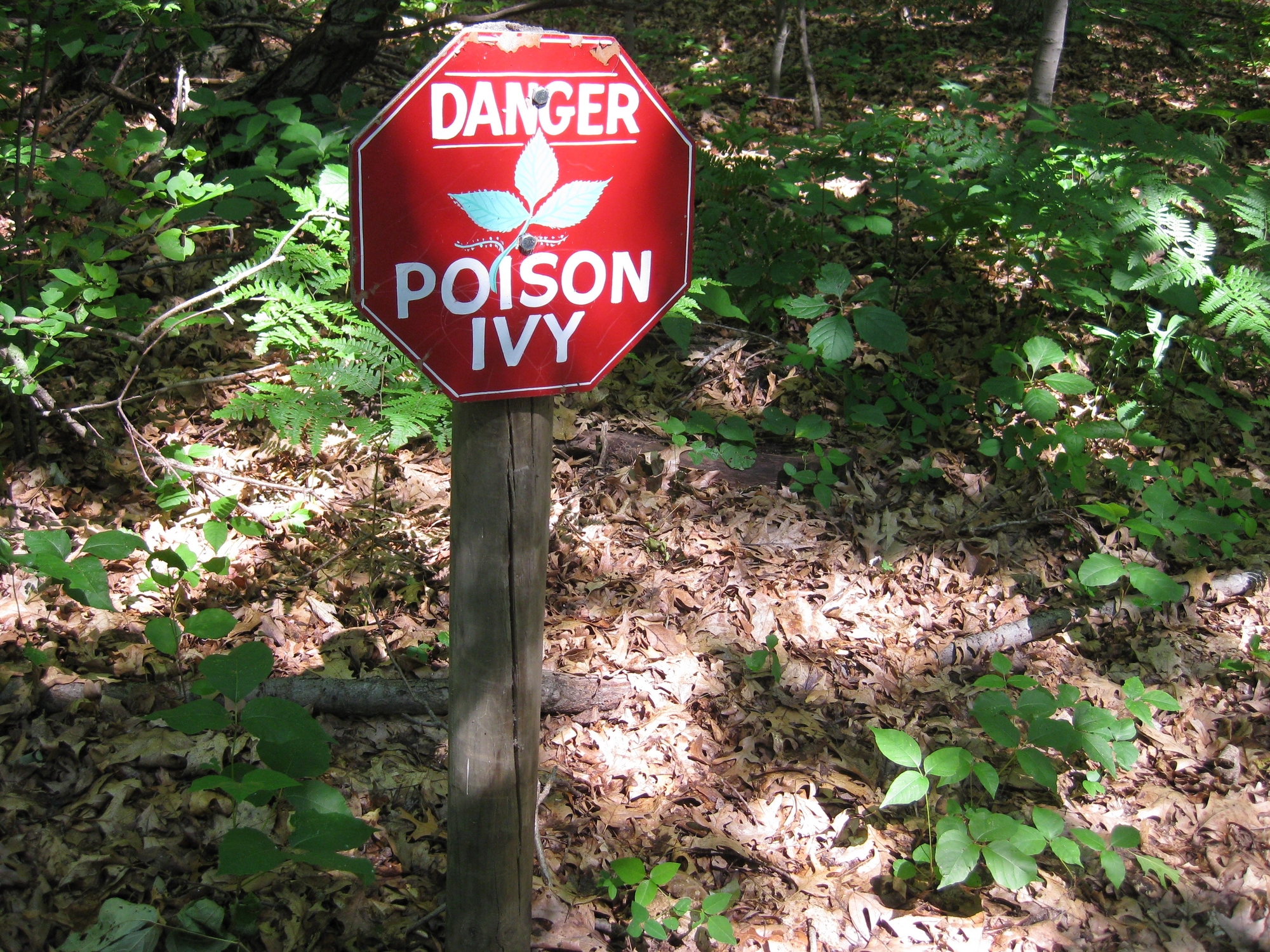
The first step upon coming into contact with poison ivy is prompt and thorough cleansing. The goal is to remove urushiol oil from your skin, which can help prevent or lessen the allergic reaction's severity.
Use a generous amount of soap, coupled with warm water, and scrub the exposed area for at least 10 to 15 minutes. Be sure to clean under the nails as the oil may get trapped there. Remember to wash any clothing, tools, or pets that might have come into contact with the plant to avoid re-exposure.
Application of Topical Treatments
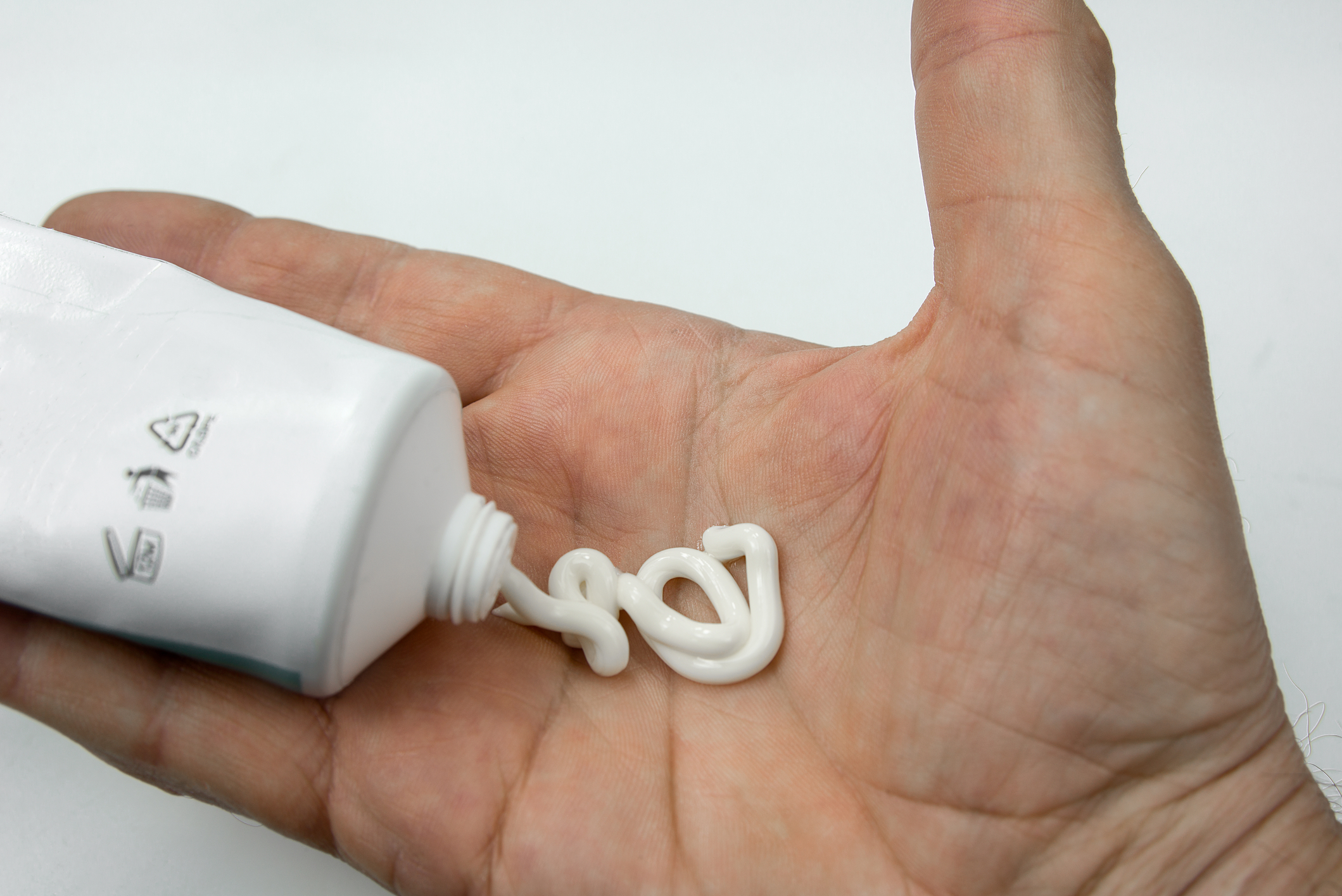
After cleansing, application of topical treatments begins. Over-the-counter creams or lotions containing calamine or hydrocortisone can help soothe the itching and inflammation. These can be applied as frequently as needed for relief, following the product's instructions.
Cool compresses, applied several times a day for 15 to 20 minutes, can help cool the skin, reduce swelling, and relieve discomfort. If blisters form, do not pop them. This can lead to infection. Instead, cover them loosely with a sterile bandage.
Utilizing Natural Remedies
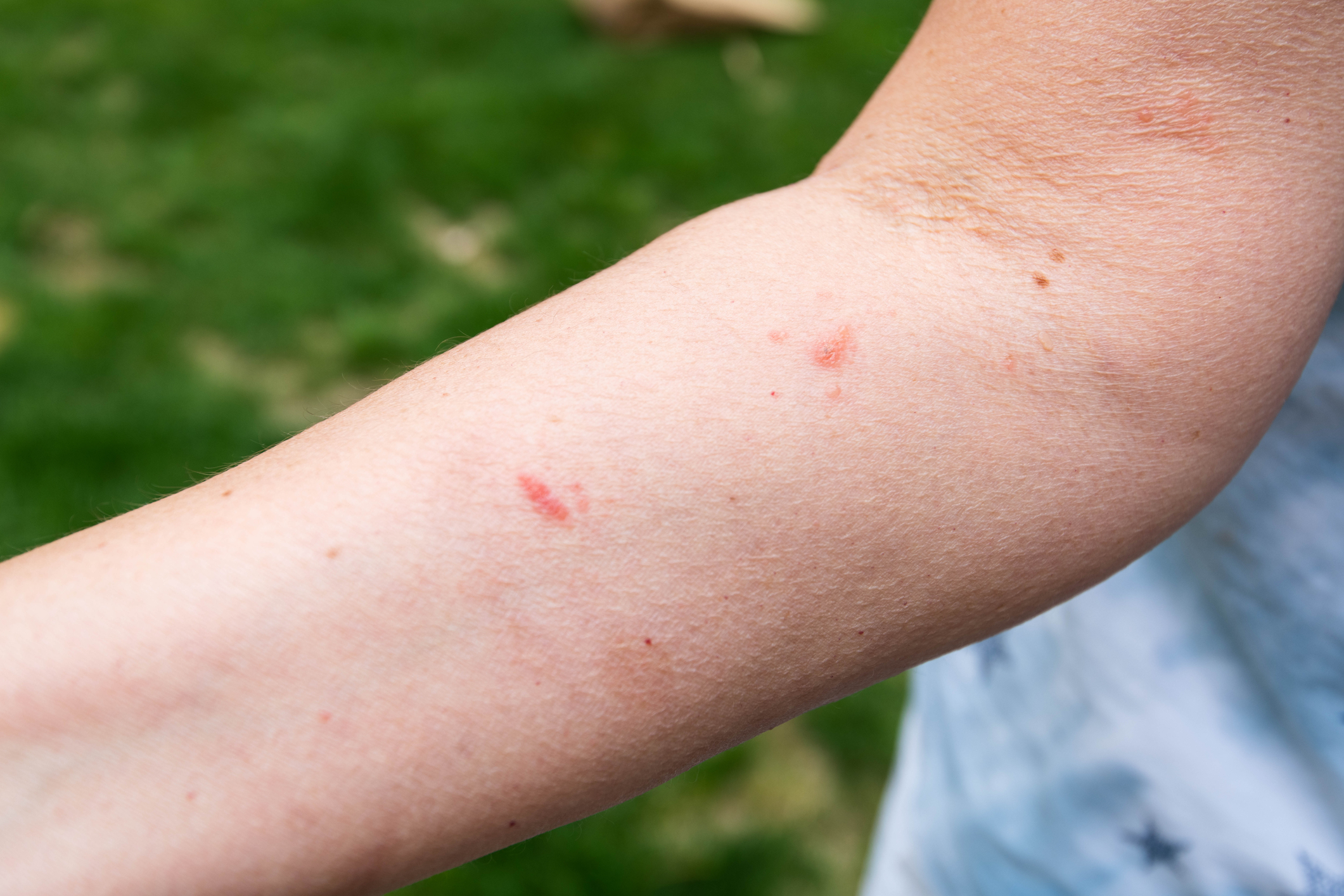
Natural remedies can be an effective supplement to over-the-counter treatments. Aloe vera, known for its cooling and soothing properties, can be applied directly to the rash.
A bath with colloidal oatmeal or baking soda can also help soothe the itch. These are mild on the skin and can provide a soothing relief when added to lukewarm bath water. Aim for 15-20 minute soaks for optimal results.
Oral Medication & Medical Consultation
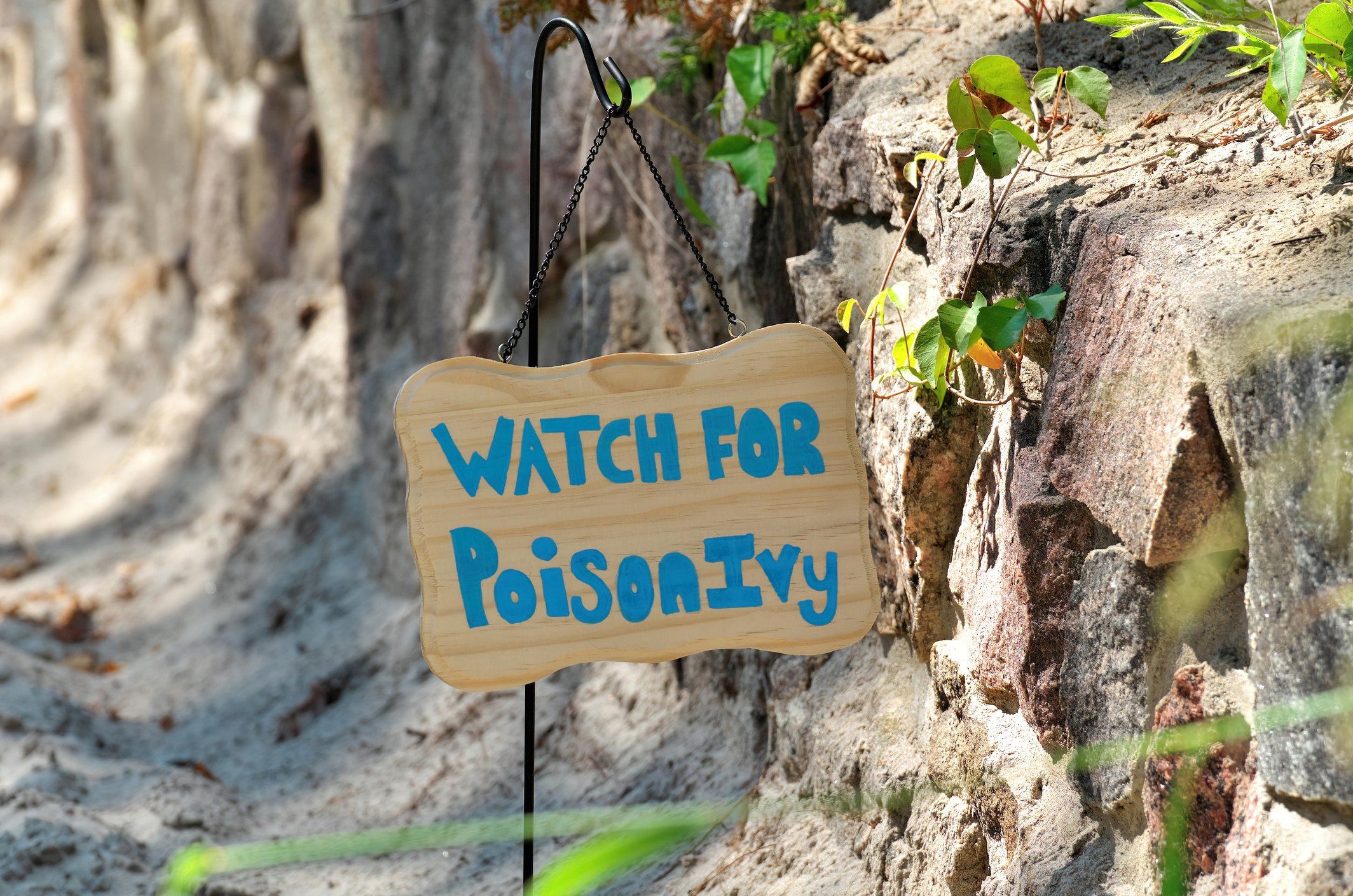
Oral antihistamines can help control the itch from inside out. They work by blocking histamines, chemicals your body releases during an allergic reaction. Over-the-counter medications, such as diphenhydramine (Benadryl), could be helpful but always follow the instructions for use.
If the rash spreads to the face, genitals, covers a large part of the body, or if symptoms persist beyond a few weeks, seek medical attention immediately. Your healthcare professional may prescribe prescription-strength creams or oral steroids to manage severe reactions.
Prevention is Better than Cure
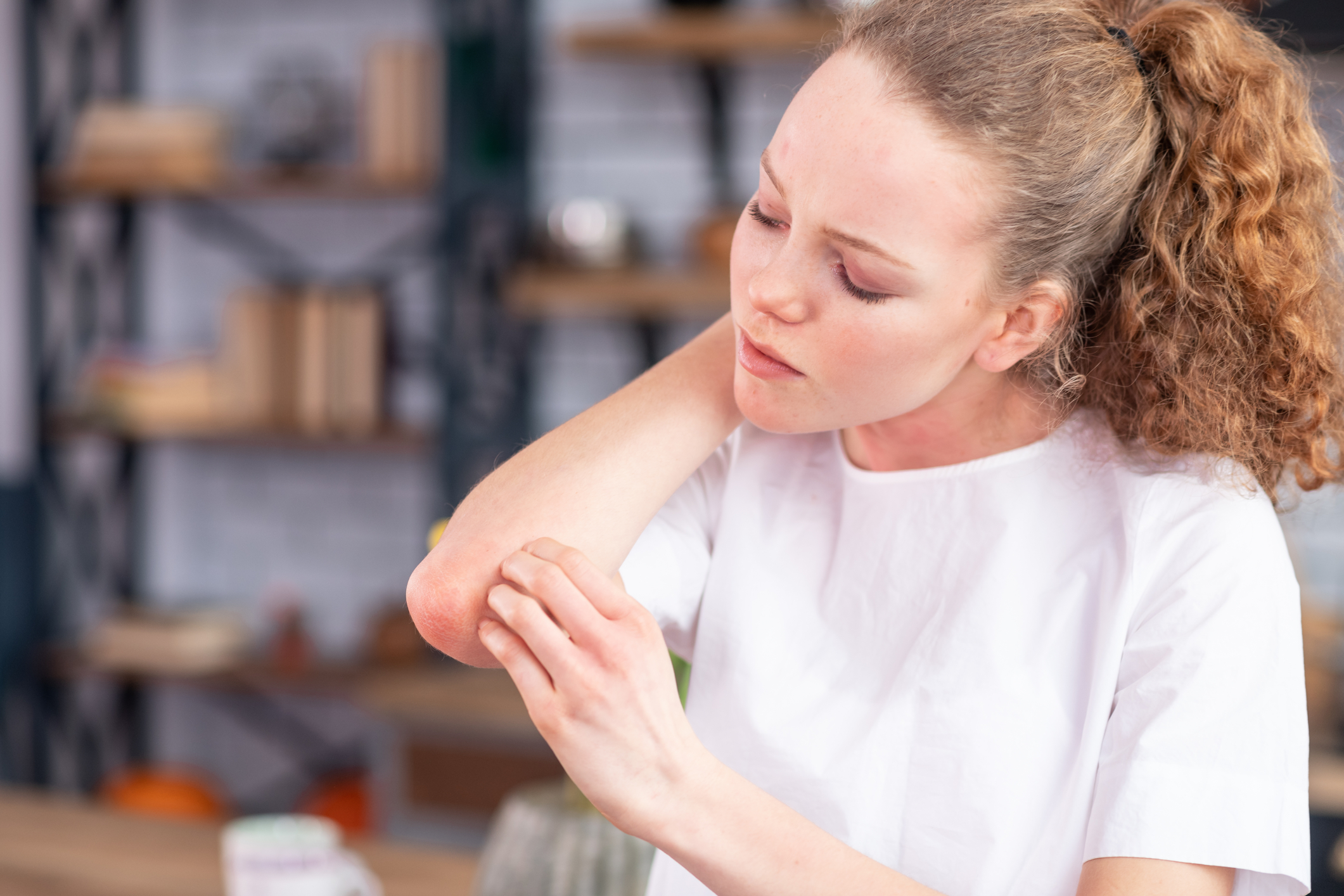
Even as you effectively manage a rash, remember that the best way to deal with poison ivy is prevention. Educate yourself and your family on identification of the plant and ensure to wear long-sleeved shirts, long pants, boots, and gloves when in areas with this plant.
It's crucial to establish habits that minimize the chances of exposure. Should you suspect contact, remember to wash thoroughly with soap and water as soon as possible. These steps collectively help ensure that your encounters with poison ivy do not result in uncomfortable, itchy repercussions.